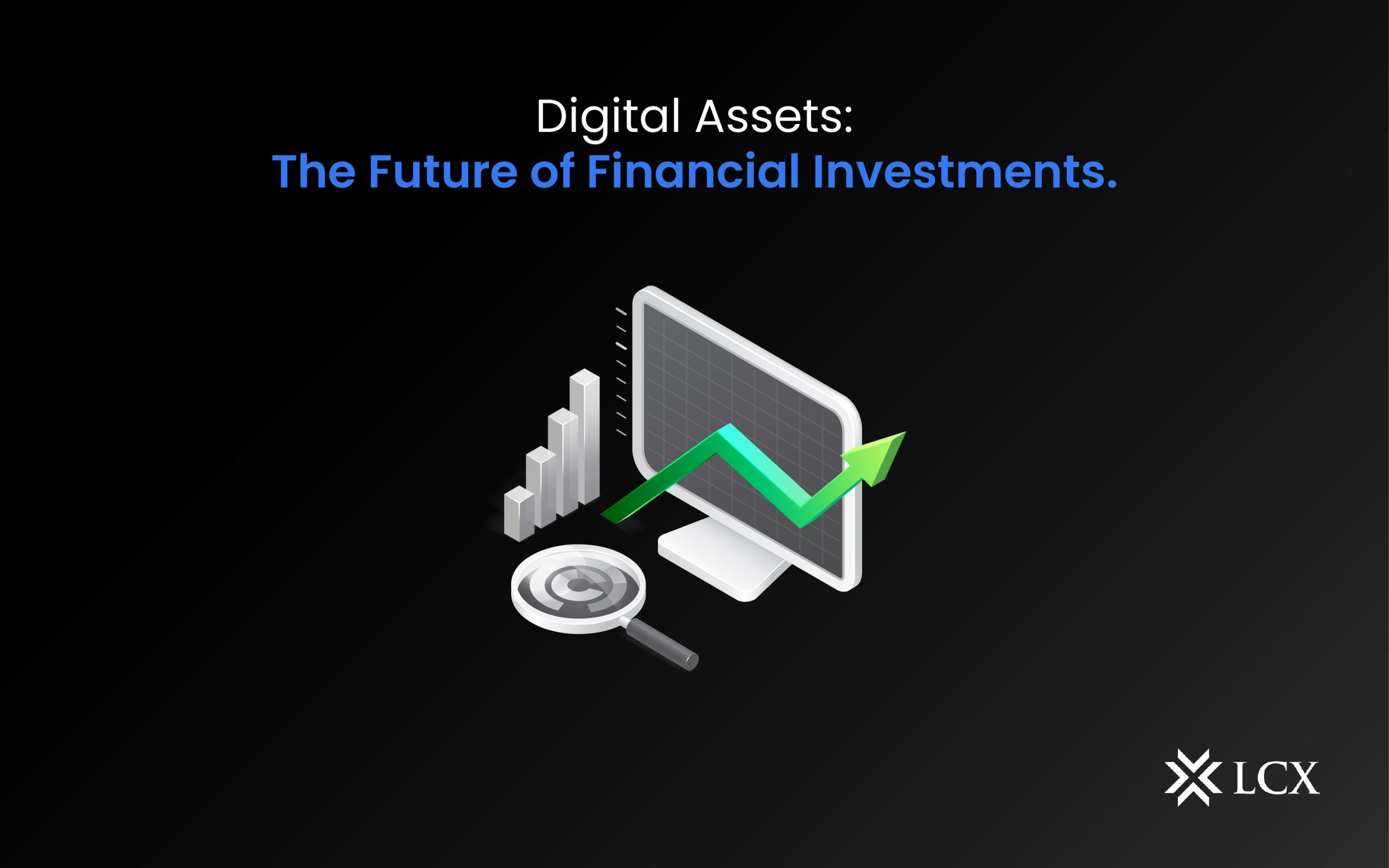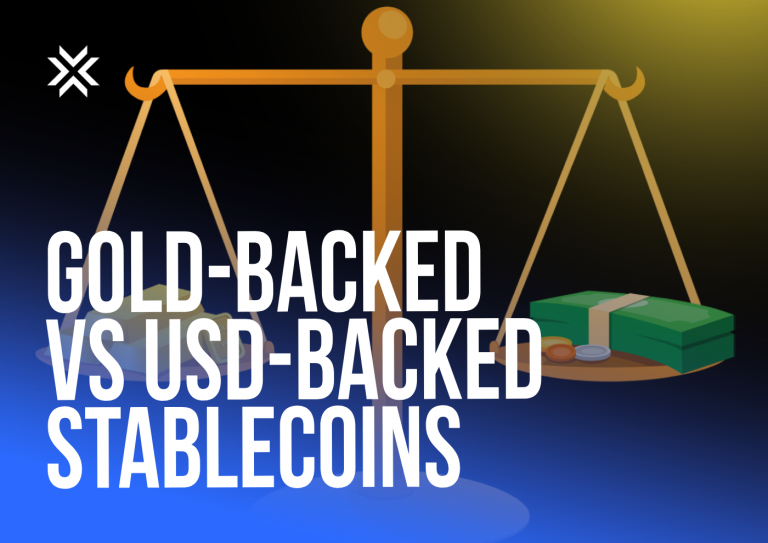The global financial sector continues to grow, and digital assets are becoming an increasingly popular investment option. These assets have certainly impacted mainstream finance and are assisting in transforming the financial investment ecosystem, allowing them to mature fully and work seamlessly with traditional financial assets. They are the digital equivalents of financial assets such as securities, currencies, properties, or commodities, and have emerged as a growing asset class with a renewed rise in investor interest.
The Growth of Digital Assets
In recent years, digital assets have acquired popularity due to their potential for substantial returns and their capacity to offer investors new opportunities. Bitcoin, which emerged in 2009 and has since grown into one of the largest and most significant currencies in the world, is one of the most popular cryptocurrencies.
In addition to cryptocurrencies such as Bitcoin, investors can choose from an extensive selection of other digital assets. These include NFT tokens, which are tokens that represent ownership in a specific asset or project, and other blockchain-based assets that can be used for a wide range of functions.
In addition to individual investors, corporations and other finance sectors have been striving to integrate and expand their digital asset offerings and investments. These primary factors contribute to this demand:
Increased interest in digital assets: There has been a rise in the demand for these assets such as cryptocurrencies, NFTs, virtual lands, etc. In less than a decade, the global market capitalization of cryptocurrencies surpassed roughly 20 percent of the global market capitalization of gold, which has been the reserve asset leader for the majority of modern history.
Tokenization’s potential: Tokenization’s untapped potential lies in its ability to convert any type of underlying asset into a digital “token” that can be used as a substitute for the original. Real assets such as real estate, commodities, and works of art can be tokenized in addition to currency, equity securities, and debt securities as a form of financial investment. These advancements enable innovations in areas such as control, security management, liquidity, etc.
Tiamonds is one great example of asset tokenization. Tiamonds are NFTs representing the ownership rights of real-world Diamonds. All NFTs are 1-1 assets backed by certified Diamonds. All Diamonds are certified by the Gemological Institute of America (GIA) and by LCX certificates. The physical diamonds are insured and stored in a secure vault in the country of Liechtenstein, next to the Swiss Alps.
To purchase Tiamonds, visit: https://tiamonds.com/market
An evolving regulatory environment: The legal framework for digital assets is evolving, with authorities working to close regulatory gaps and promote uniformity. In 2020, for instance, the EU Commission will publish preliminary legislation to establish a framework for these assets across the EU. It is anticipated that the Markets in Cryptoassets Regulation (MiCA) will take effect in 2024.
The Future of Financial Investment
As digital assets continue to acquire traction, we can anticipate that they will become a larger part of the world of finance. In fact, a growing number of traditional financial institutions are beginning to recognize its potential.
For instance, some banks are beginning to provide security services for digital assets, allowing investors to store their assets securely with a reputable institution. In addition, some investment firms are beginning to offer digital asset investment funds, allowing investors to receive an overview of a variety of digital assets as a form of financial investment without making investments in each one separately.
Regulatory frameworks are also beginning to emerge for digital assets, giving investors greater confidence and stabilizing the markets.
Conclusion
Digital assets are rapidly becoming a popular option for investors seeking portfolio diversification and potentially high returns in the finance sector and other related sectors. As these assets continue to acquire traction, we can anticipate that they will become a larger part of the financial investment landscape. However, investors must be aware of the hazards connected to digital assets, such as their potential volatility and the absence of regulation in certain markets.










